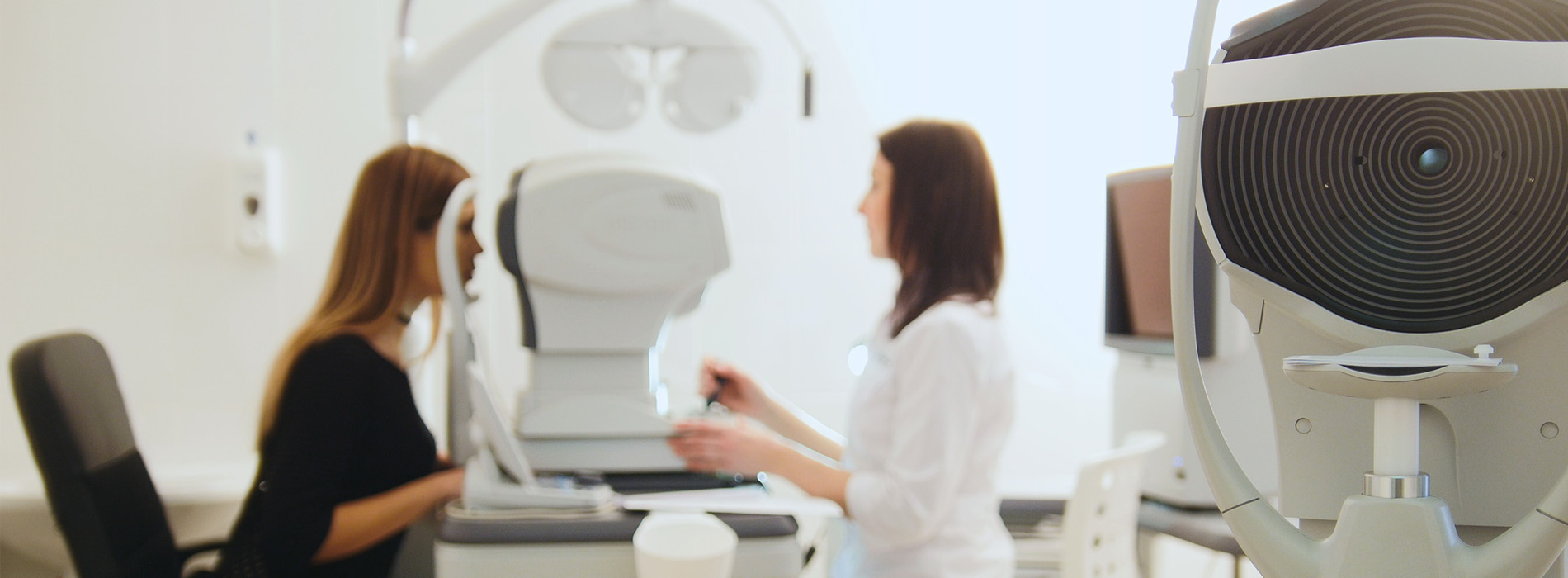
Strabismus (also called crossed eyes, deviation, heterotropia, squint, tropia) is a condition where both of your eyes do not look toward the same object together. There are six different muscles that surround the eyes and work together so that both eyes can focus on the same object. For someone with strabismus, these muscles do not work together. As a result, one eye looks at one object, while the other eye turns in a different direction and is focused on another object. When this happens, two different images, one from each eye, are sent to the brain. This confuses the brain, and the brain may learn to ignore the image from the weaker eye. Strabismus is a common condition among children but it can also occur later in life.
The main sign of strabismus is an eye that is not directed straight. Sometimes a child or young person will squint with one eye in bright sunlight. Symptoms of faulty depth perception may also be noticed. Adults with strabismus will usually have double vision.
Strabismus is usually diagnosed with a physical examination that includes a detailed examination of the eyes. Tests are done to determine how much the eyes are out of alignment. These eye tests may include corneal light reflex, cover/uncover test, retinal exam, standard ophthalmic exam and visual acuity.
Treatment of strabismus may consist of eyeglasses, patching, eye coordination exercises (called orthoptics) and/or surgery on the eye muscles. Eyeglasses, with or without patching, are often the treatment tried first and can usually reduce the amount of deviation.

Ready to schedule your next eye exam or have questions about our services?
Contacting Eye and Vision Care Assoc. is easy! Our friendly staff is available to assist you with scheduling appointments, answering questions about your eye health, and addressing any concerns you may have. Whether you prefer to give us a call or fill out our convenient online contact form, we're here to help. Don't wait to take the first step towards achieving optimal vision—reach out to us today and experience the difference personalized eye care can make.